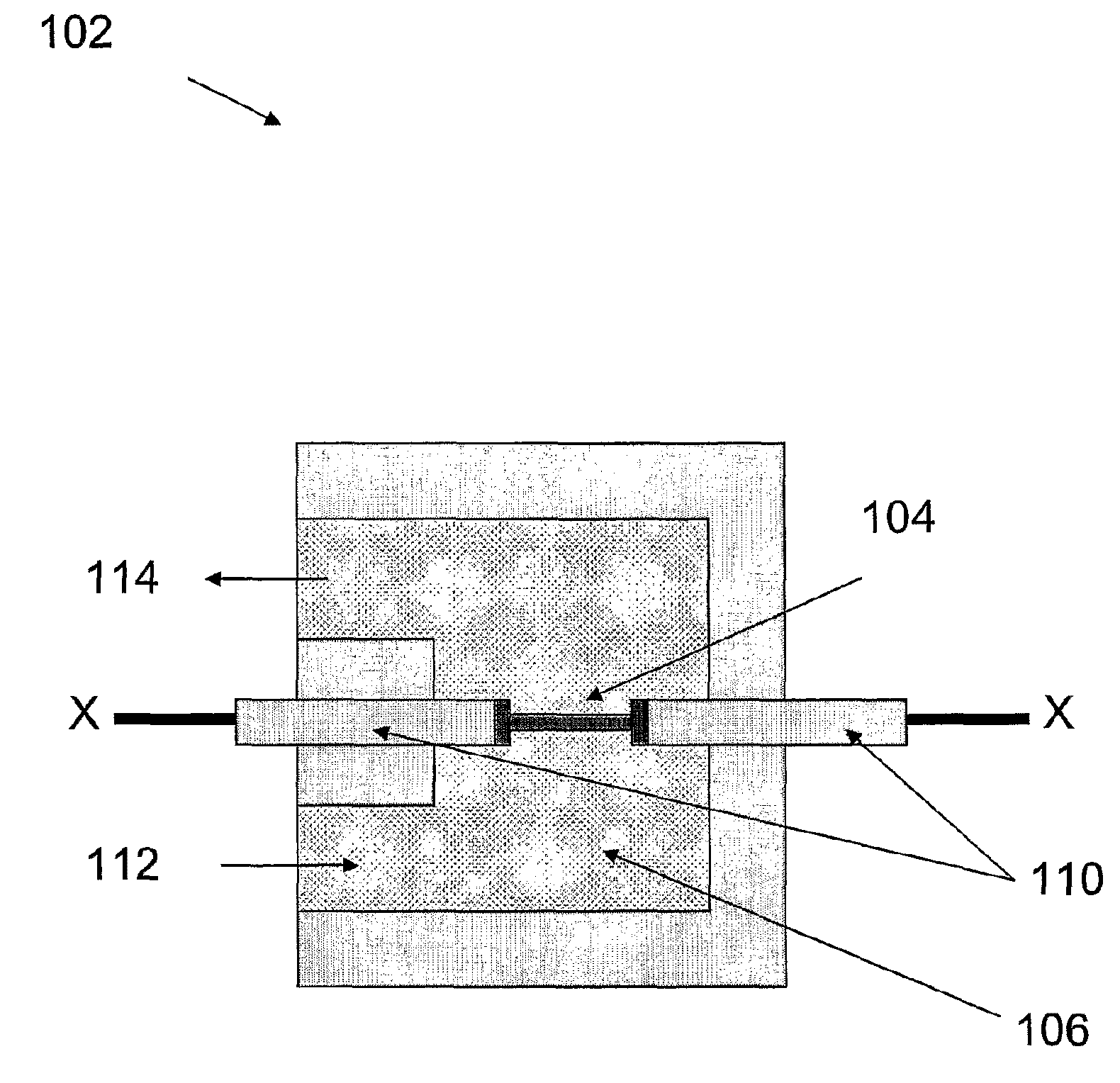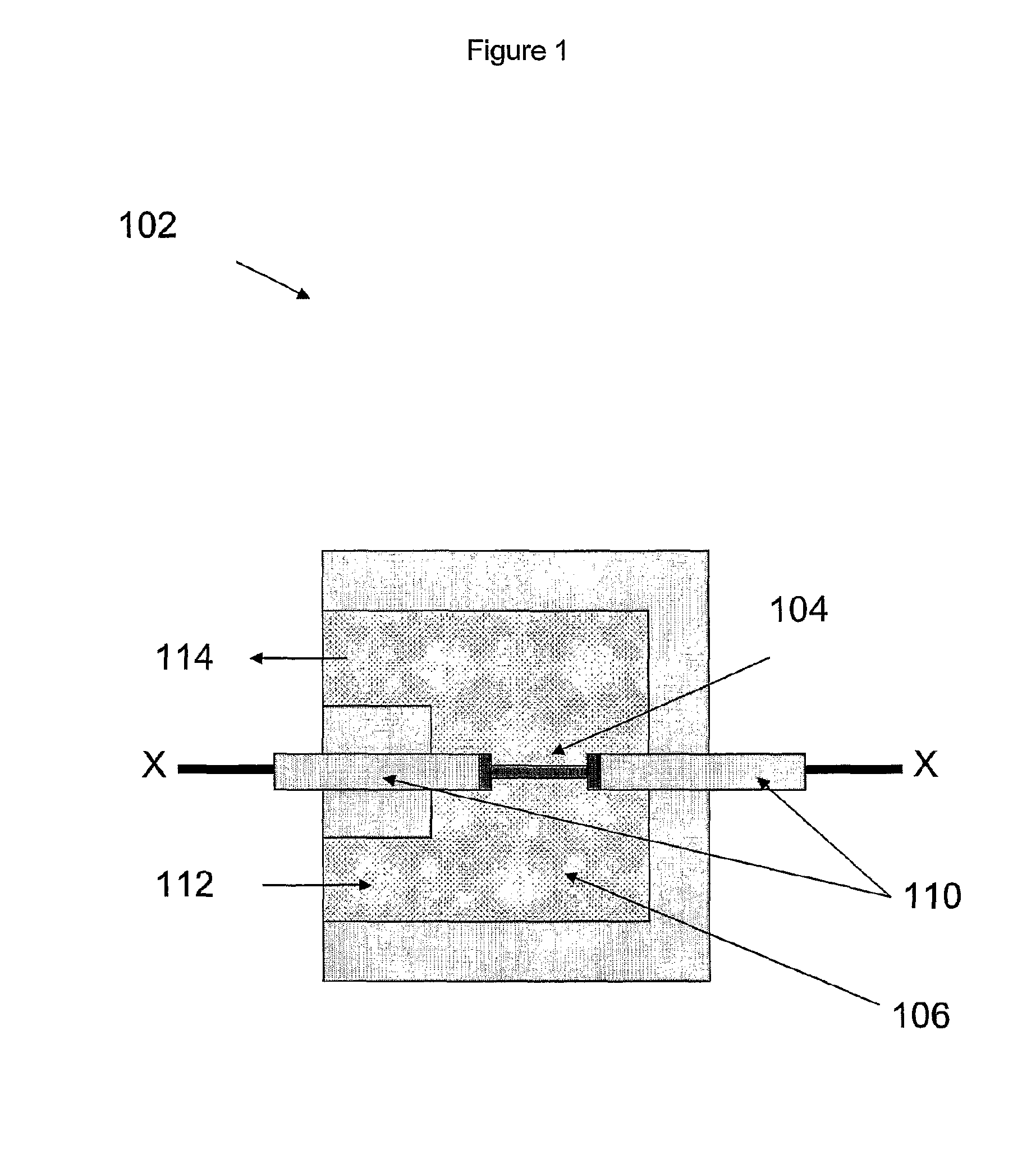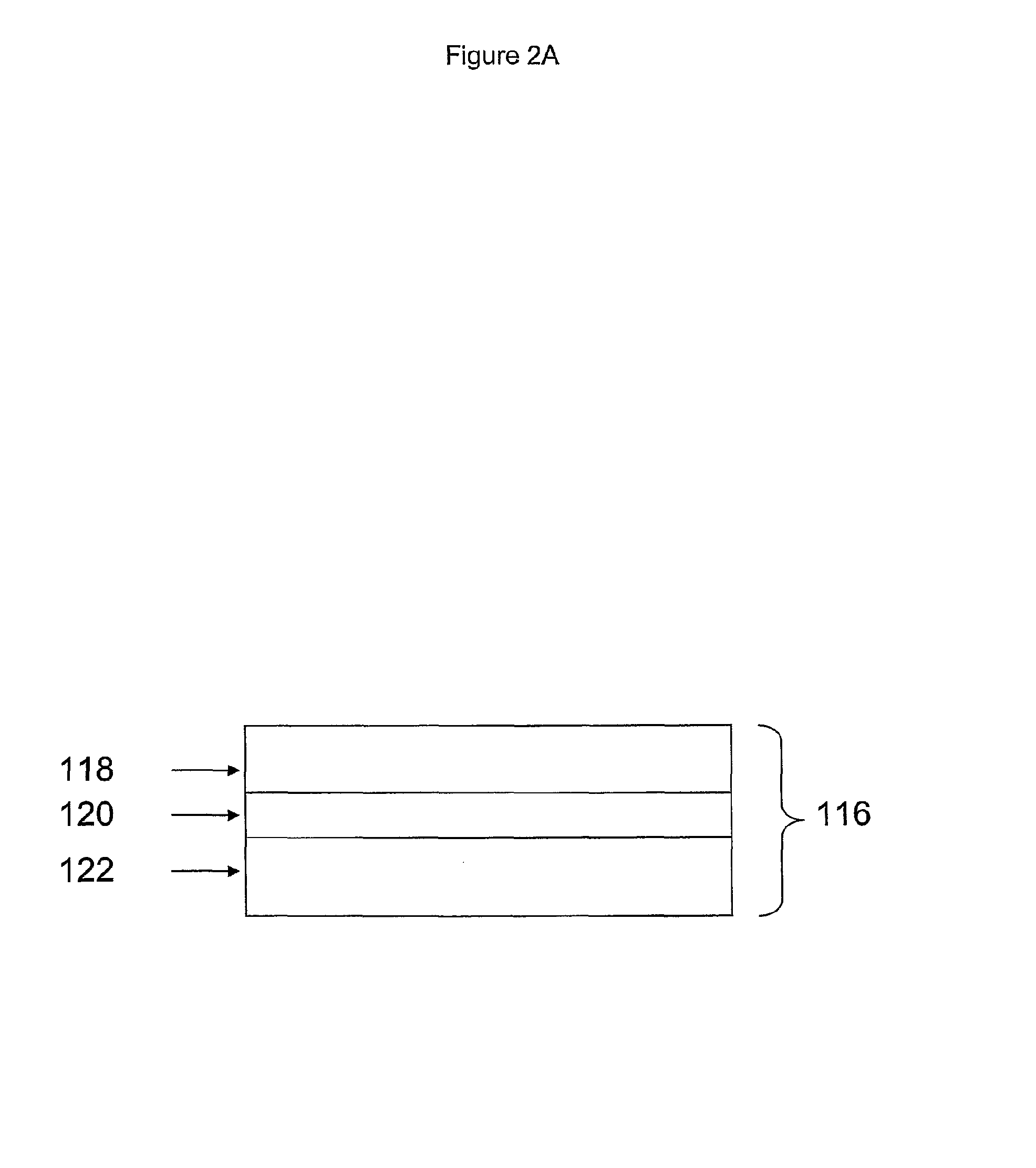Nanowire sensor, nanowire sensor array and method of fabricating the same
a nanowire sensor and nanowire technology, applied in the field of sensors, can solve the problems of limited research based on “bottom-up” nanostructure, difficulty in delivering biological receptors such as enzymes, antibodies, proteins or biologicals, and achieve the effect of reducing production costs and easy and cost-effective methods of producing sensors
- Summary
- Abstract
- Description
- Claims
- Application Information
AI Technical Summary
Benefits of technology
Problems solved by technology
Method used
Image
Examples
experimental examples
[0124]A method of fabricating a sensor comprising a nanowire on a support substrate with a semiconductor layer arranged on the support substrate according to one embodiment of the present invention is set forth hereunder based on the following experimental examples. However, they should not be construed as limiting the scope of this invention.
example 1
[0125]For Si nanowire formation, SOI wafers of 200 mm diameter consisting of 200 nm thick Si device layer and 150 nm thick BOX on support substrate were utilized. Trenches were formed in Si device layer up to the BOX by lithography and etching to obtain Si FINs of width 80 nm. The wafers were then oxidized in dry O2 ambient at 900° C. for 6 hrs to form nanowires 104 as shown in FIG. 15. The single nanowire is one of the nanowire structural arrangements mentioned in FIG. 6A. By doping n-type, p-type or a combination of n-type and p-type dopants, nanowires of different functional types can be realized as mentioned in FIG. 7A and FIG. 7B.
example 2
[0126]The High Resolution Transmission Electron Microscopy (HRTEM) images of Si nanowires are shown in FIG. 16A and FIG. 16B. FIG. 16A shows a nanowire 172 with a triangular cross-section with base 200 of about 10 nanometers and height 202 of about 12.3 nanometers. The reason for the triangular shape results from different oxidation fronts along various crystallographic orientations. By using the visco-elastic properties of SiO2 and Si atomic migration at the Si—SiO2 interface, a circular shape transformation can also be brought about by subjecting the wafers to nitrogen (N2) anneal at approximately 1200° C. for 1 hr. A nanowire 174 with a circular cross-section with a diameter of about 7.7 nanometers is shown in FIG. 16B. Therefore, the cross-section of the nanowire can be triangular or circular depending on the process conditions.
[0127]A nanowire sensor array comprising a plurality of nanowire sensors wherein each nanowire sensor is individually addressable via the supporting port...
PUM
| Property | Measurement | Unit |
|---|---|---|
| thick | aaaaa | aaaaa |
| thickness | aaaaa | aaaaa |
| thickness | aaaaa | aaaaa |
Abstract
Description
Claims
Application Information
 Login to View More
Login to View More - R&D
- Intellectual Property
- Life Sciences
- Materials
- Tech Scout
- Unparalleled Data Quality
- Higher Quality Content
- 60% Fewer Hallucinations
Browse by: Latest US Patents, China's latest patents, Technical Efficacy Thesaurus, Application Domain, Technology Topic, Popular Technical Reports.
© 2025 PatSnap. All rights reserved.Legal|Privacy policy|Modern Slavery Act Transparency Statement|Sitemap|About US| Contact US: help@patsnap.com



